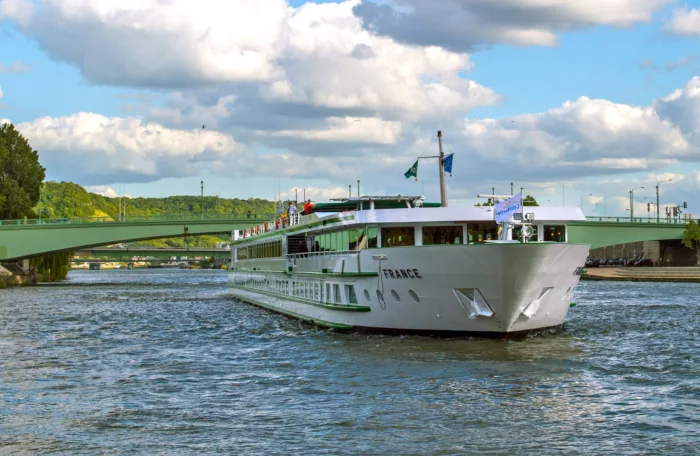
CroisiEurope
Known for its river cruises, CroisiEurope also offers ocean voyages on two small ships. Guests boarding the 130-passenger La Belle des Oceans (formerly Silversea's Silver Discoverer) can follow in Napoleon's footsteps, visit the hilltop villages of Balagne, and enjoy dinner at a traditional inn. Meanwhile, the 197-guest La Belle de l'Adriatique offers itineraries that take in local traditions.
159
Passengers
25
Crew
2001
Launched
2016
Last refit
1500t
Tonnage
110m
Length
11.4m
Width
9kts
Speed
2
Decks
EUR
Currency
Cruise Itinerary
Day 1
Passau, Germany
Day 2
Melk, Austria
Day 2
Dürnstein, Austria
Days 2 - 3
Vienna, Austria
Day 4
Esztergom, Hungary
Days 4 - 6
Budapest, Hungary

Day 1
Passau, Germany

Day 2
Melk, Austria

Day 2
Dürnstein, Austria

Days 2 - 3
Vienna, Austria

Day 4
Esztergom, Hungary

Days 4 - 6
Budapest, Hungary
Ship Details


CroisiEurope
MS France
Partially renovated in 2016, the ship takes on a sparkling and vintage look with its anise and chocolate colors. The houndstooth-type patterns recall the elegant outfits of ladies from the sixties. The cabins display retro photographs representing Parisian monuments.
Cabins
All Prices



